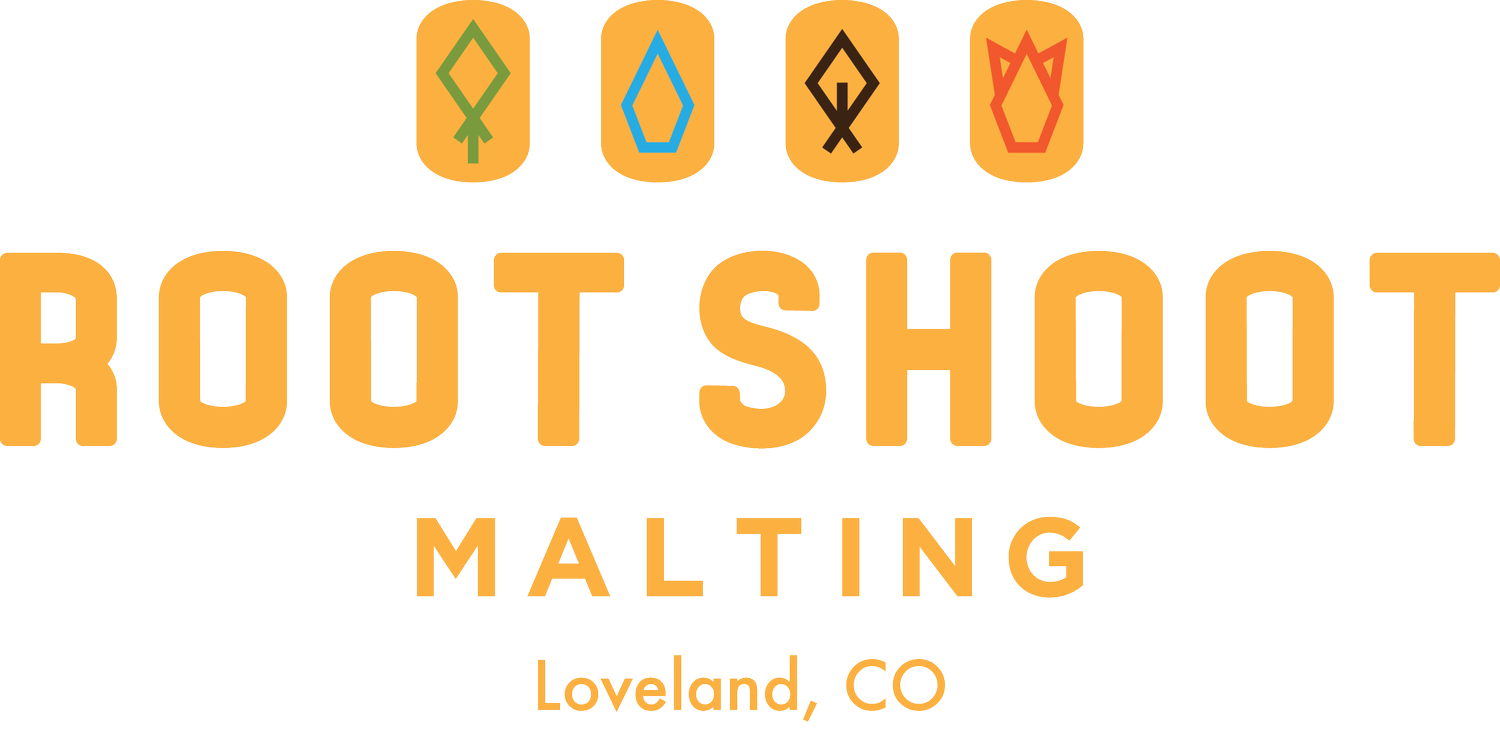If you reap what you sow…
We should have a whole lot of whiskey and beer coming our way, soon!
It’s barley season, and the barley is coming in strong, something for which we are always thankful since it is the heart and soul of our entire operation. At last check, it has reached its full height, the seed heads are looking solid, and soon we’ll be cutting off irrigation. At most, we’ll give it one last good dousing with the center pivots, and then we’ll let the Colorado weather do what it does best: dry things out. The barley will dry down in the fields, changing from this bright green color you see now to the renowned “amber waves of grain.” If we had to warrant a guess as to when we’ll begin harvest, it’s looking like mid-to-late July.
Speaking of July, what’s the old saying? Corn knee-high by the 4th of July?
If that’s the case, ours is either seriously overachieving or the owner of those particular knees is a heck of a lot taller than us.
The knee-high anecdote is a good rule of thumb, but any plant’s height in any given year is dependent on dozens of different variables: planting date, soil temps, soil composition, water availability, plant variety, and more. Our distiller and silage corns are looking good (corn mid-thigh by the 4th of July??) but it’s our heritage Abenaki that’s really showing off, precisely as we hoped.
The Abenaki is what’s called short-season corn. An old Native American variety that we have talked about before in this post, Abenaki was bred by indigenous populations to grow to maturity in areas with relatively short summers. Whereas a typical commodity corn variety will take around 130 days to mature. Abenaki takes around 90. If you’re a Native American living in the cold Northeast before modern technology, having corn that matures in 90 days rather than 130 can mean the difference between having enough food for winter or starving. For us, the situation is slightly less dire. But it does mean we get a 40-day head start on making the next batch of whiskey! That’s over a month more of bourbon in your glass!
Figuratively speaking, however, the corn is not yet out of the woods, yet. A bit of a water hog, corn requires significant irrigation. Up until just last week, we were able to irrigate with free water from overflow snowmelt off the Big Thompson River. When that was shut off (as it is every year) we switched to watering via our irrigation ditches. As one might guess from the consistently dry weather this year, those irrigation ditches are running low. We don’t know how long the water will last, but if it runs out too soon, it could still damage the corn. We’ve tried to plan for that by reducing the number of plants planted per square foot in order to allow for more soil moisture per plant, but like farmers all over the state, we’re crossing our fingers and praying for rain.
And finally: the wheat. Our poor winter wheat.
In a year where news of wheat shortages dominates the market, it’s tough to say that this year’s winter wheat harvest is looking less-than-stellar, but that’s the truth of it. We grow our wheat on our dryland fields - fields without irrigation capacity. In a normal year, the wheat goes in in the fall and the winter snow brings enough moisture to allow it to germinate, grow a little, then go dormant until spring.
Last fall was brutally dry, however, and winter snows weren’t great either. In a relatively rare occurrence, our wheat didn’t sprout at all until spring, putting it behind schedule right out of the gate. Since then, we’ve only received two inches of rain, and there is virtually no residual moisture in the soil so the wheat is hurting. We’re sending it all the good mojo we can, but mojo isn’t enough: we need rain.
The season’s far from over and there are many things that could still go wrong…but for that matter, there are many things that could go right, as well.
As farmers, our success is not always within our control: we are inextricably tied to Mother Nature and her whims, to unpredictable market fluctuations, and fickle supply chains. But mostly, we’re tied to our land and to our community: our friends, family, and the wonderful businesses that support us.
That’s more than enough for us to believe that this whole project will turn out just fine.
Cheers to the upcoming barley harvest! We look forward to growing the grain to supply many more toasts to come!







